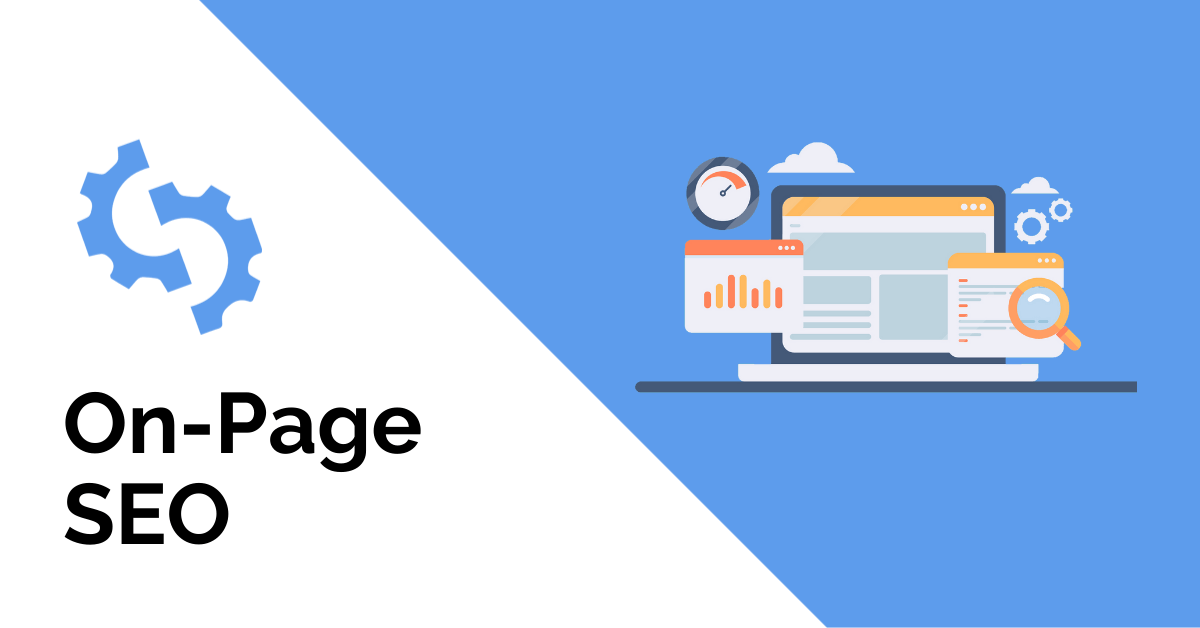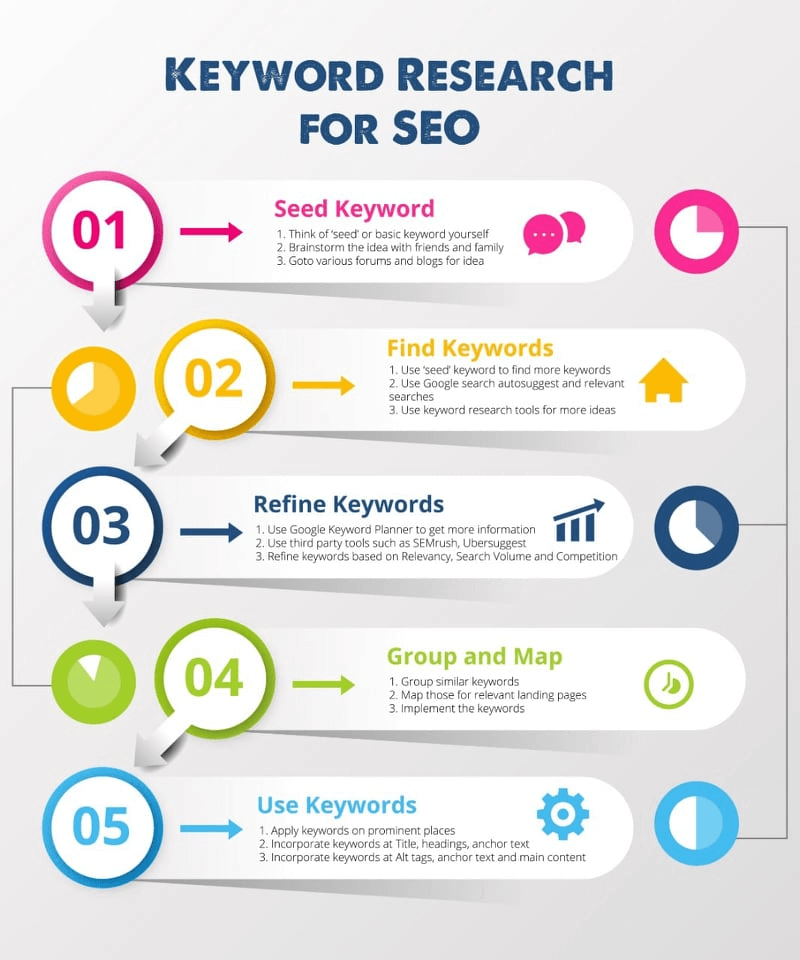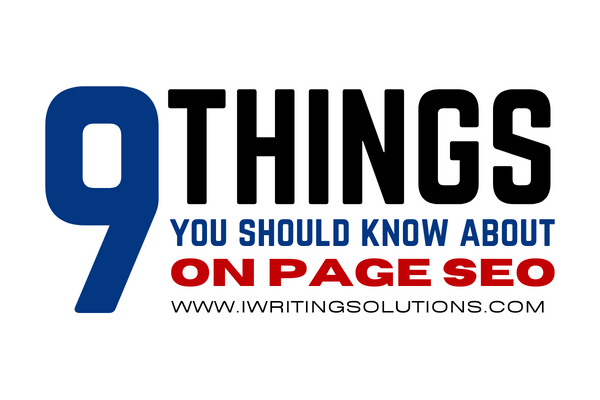| Summary |
| On-page SEO is tweaking individual web pages to enhance user experience and rankings. Considering what you now know about on-page SEO signals, keep them in mind while creating new pages. Using the on-site SEO checker, you can also get many on-page optimization suggestions for potential easy results. Persistence is the key component of any SEO approach. One must put forth time, energy, and experimentation to achieve excellent outcomes. |

Crawlers—also known as spiders—are dispatched by search engines to browse the web. It uses links to move between websites, creating a blueprint of the information as a search index. The crawlers assess the content of websites as they explore them to determine the type of info it contains.
Afterward, the search engine’s algorithm then uses this data to judge how effectively the material of that particular site responds to user queries. It will be listed higher on the SERP the better it responds to the search.
Google frequently updates its algorithm to deliver better results to users. Rankings will certainly shift, necessitating website optimization to maintain or boost rankings. On-Page in SEO is a tool that can greatly benefit businesses. This article will share what you know about it to see what works best with your strategies!
Book to Read: ON PAGE SEO 2022
What is on-page in SEO?
On-page SEO, sometimes called on-site SEO, is the process of improving certain features to improve a website’s position in search results and attract more relevant traffic. Optimizing a page’s material and Basic HTML code is known as on-site SEO.
When attempting to rank your website, on and off-site SEO are two of the fundamentals of SEO. Effective on-site SEO aids search engines in understanding page content but also assists people in quickly determining a page’s purpose and whether it responds to their search query.
1. Writing In SEO

Developing content that appeals to search engines and human site visitors takes skill. Generally, it can be difficult to write material sounds good and follows SEO-recommended practices if you’ve yet to do it.
There is a piece available to teach you the ways how. However, some key lessons are as follows:
1. Appropriate Quantity Of Keywords. This method, also referred to as “keyword stuffing,” was previously employed by dishonest SEO experts to manipulate results found in search engines. Google dislikes websites that use an excessive number of phrases. If you are detected using this strategy, your page may be demoted or deleted from the SERPs.
2. Paragraph Conciseness. If you’ve ever browsed a website only to be overwhelmed by a massive wall of information, you know how tough it is to comprehend long tracts of writing. You may keep people on your page by making your paragraphs succinct and comprehensible.
3. Using Subheadings And Bulleted Lists. Subheads are generally the focus of attention for people skimming your page due to their size. Use just enough to entice people to your website. Although it may seem to fall into a strict guide, bullets are useful for organizing information into manageable bits. When it seems appropriate, use them.
2. Having A Great Meta Description

Better meta descriptions help searchers grasp the content of your website, which encourages more click-throughs. Despite their comparatively little usage in SEO, they can have two crucial advantages:
- They can aid Google in understanding the purpose of your website
- They have a significant impact on your CTRs
Book to Read: SEO Workbook
3. Optimizing Images

Adding images to your page does more than just make it more visually appealing. It also provides opportunities to increase your SEO. You’re losing visitors if you don’t use images because many people use visual search when shopping online.
Make every effort to optimize your supporting text. Keep the size of your image files in mind to avoid slow loading times. Make your photos shareable to increase your chances of getting backlinks.
Here are some of the tips on how you can optimize your images for SEO:
- Find the appropriate file size and format for quick loading
- Make sure that the file names are customized
- Mobile-friendly images are also important
4. Site Loading Speeds
A cumbersome, slow-loading website does more than just annoy and repel visitors; it lowers your search rating. What speed restriction your site must always acquire changes. You can now achieve it by reaching Google’s Core Web Vitals baseline parameters.
There are some actions you may go for if your website isn’t matching up to the parameters stated, including:
1. Reducing the redirect links
2. Making sure that the images are optimized
3. Utilizing browser caches
4. Allowing compression for your page
5. Construction Of The URL

There was a period when URLs were very important for SEO. To assist websites ranking higher, experts would ensure their keywords were present in the web addresses. But Google altered the algorithm because that’s what they do. Additionally, what was once crucial to rankings now has a considerably lower impact.
That does not imply that it is unimportant. Although URLs no longer have the same prominence as they previously did, search engines are factoring your URLs towards your overall score. However, there is proof that they contribute to a site’s initial rating, and some experts think they are used to organize pages. While you shouldn’t make them your primary SEO priority, you shouldn’t ignore them.
6. Keywords Are Not That Big Anymore

Remembering what those terms are called—content topics—will help you grasp why keywords are just no longer at the focus of on-site SEO. Historically, for a web page to rank for a particular term depended on its ability to be found by search engines using proper keywords in the correct contexts throughout the page.
The primary goal of on-site SEO strategies was to ensure that search engines detected keywords and rated a site as appropriate for those terms; user experience was secondary.
7. Importance Of Links

Links from trustworthy websites are one of the finest ways for your website to establish its knowledge, authority, and dependability. You should be aware of the following three types of SEO:
1. Internal links are those that lead to pages within your website.
2. Outbound links, often referred to as external links, are links that direct users to a website on a different domain, such as this one directing users to Google’s SEO page.
3. Inbound links, also known as backlinks, are links that go to your page from other websites.
Backlinks are the most crucial of the three. Although they are the most difficult to achieve, they offer the greatest SEO value. SEO experts utilize several strategies, such as social networking, the creation of shareable infographics, and even simple requests for backlinks, to produce high-quality incoming connections.
However, not all backlinks are beneficial. Some links, particularly those emanating from hyperlink farms, forum postings, and guestbooks, may be fraudulent to manipulate the search results. Backlinks may harm your rating if you don’t denounce these.
8. On-Page in SEO is continually evolving
In the end, search engine optimization is about finding the best way to provide relevant content to searchers and ensuring your website is at the top of SERP listings. Your goal is to improve user experiences while demonstrating to search engines your worth. Luckily, these two complements one another. They start by enhancing the page itself.
Carefully evaluate your present website for weaknesses and opportunities for improvement, starting with the aspects you can control. Once all the on-site issues are resolved, you’ll see results, including an organic improvement in off-site parameters.
Book to Read: SEO BACKLINKING, SEO CHECKLIST & ON PAGE OPTIMIZATION
9. Different From Off-Page SEO
Anything you can do on-page, such as keyword selection, meta summaries, title tags, meta descriptions, and website architecture, can help you rank higher. All external events that affect your site’s rankings are considered off-page SEO. Backlinks, E-A-T, SEO Services, social media comments, and pay-per-click are all included in this.
You have great control over your on-page SEO, but it’s also critical to consider off-page SEO because you need both to achieve your goals. However, you should first concentrate on creating a solid, pertinent webpage that is thorough for browsers before you start devoting time and money to link-building and site promotion.
Conclusion
To ensure that your content is excellent, pertinent, and current, you must regularly examine and audit it. On-page SEO doesn’t end with a flawless page. As Google develops, it becomes even more adept at figuring out what users are looking for and how to satisfy their demands. To compete effectively, you must make sure the content is of a high standard.
Now that you learned a lot about On-Page in SEO, check out our other articles that will provide you with steps to make your site more successful.



